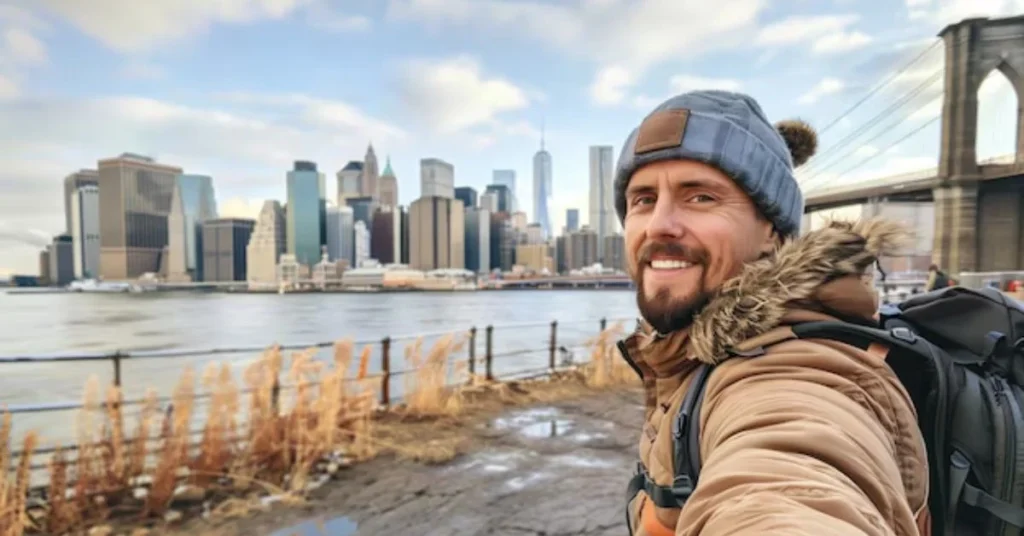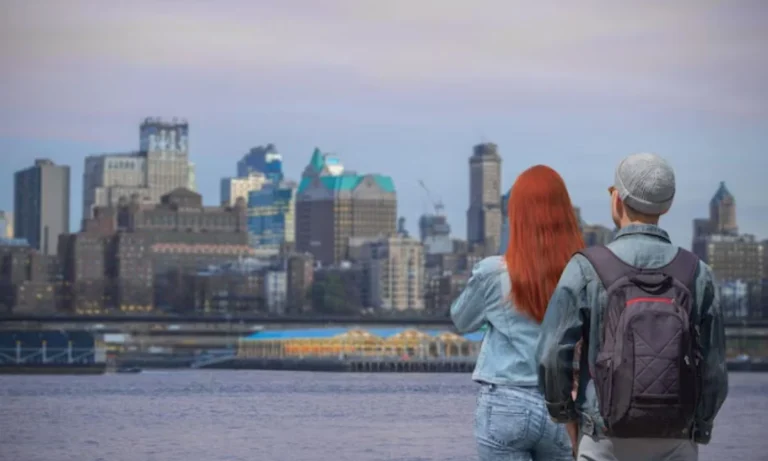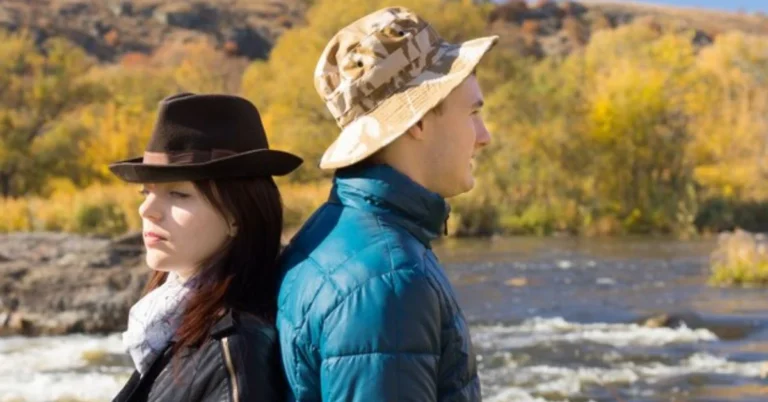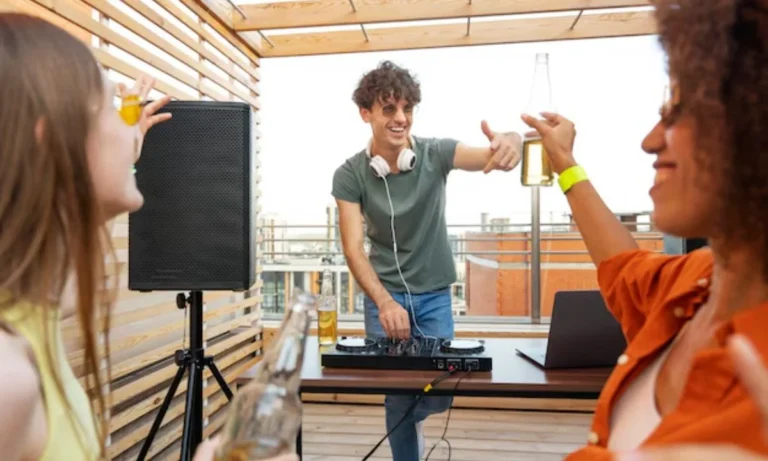
Solo travel in the United States sucks—or at least, that’s what many travelers think after facing unexpected hurdles. While the idea of hitting the open road alone sounds like a dream, the reality can be quite different. Despite the allure of freedom and adventure, many solo travelers encounter obstacles that make their journey less enjoyable. From safety concerns to high expenses and limited public transportation, there are several reasons why solo travel in the United States can feel like more of a hassle than it’s worth. In this post, we’ll dive into these challenges and why solo trips across the U.S. can sometimes disappoint even the most adventurous spirits.
1. High Costs Make It Harder for Solo Travelers
One of the main reasons why solo travel in the United States sucks is the high cost. Unlike in many other countries where hostels and budget accommodations are plentiful, the U.S. tends to offer fewer affordable options for solo travelers.
Must read How to Get Out of a Traffic Stop Traveling Not Driving
A. Accommodation Expenses
- In the United States, accommodation costs can add up quickly. Solo travelers often have to pay for hotel rooms that are designed for couples or families, making the price per person much higher.
- While hostels do exist in some cities, they are far less common than in Europe or Asia, making it harder for solo travelers to find budget-friendly lodging.
B. Transportation Costs
- The United States is vast, and getting around can be expensive. Renting a car is often the most practical way to travel, especially in regions with limited public transportation. However, solo travelers bear the full cost of gas and rental fees.
- Unlike in Europe, where train passes and low-cost airlines make travel more affordable, the U.S. has limited options for cheap intercity travel.
2. Safety Concerns Can Be a Big Issue
Another reason why solo travel in the United States sucks is the concern for personal safety. While the U.S. has many beautiful destinations, it also has areas where crime rates are higher, making some travelers feel uneasy.
A. Vulnerabilities of Solo Travelers
- Solo travelers, especially women, often face heightened safety concerns. Walking alone at night in unfamiliar places can feel intimidating, and some areas are known for higher rates of theft or other crimes.
- Even in generally safe cities, the lack of familiarity with local customs or dangerous neighborhoods can make solo travelers feel vulnerable.
B. Limited Public Transportation in Many Cities
- Unlike in other countries with extensive public transportation systems, many U.S. cities require a car to get around. This can create issues for solo travelers who want to avoid driving alone, especially late at night.
- Rideshare services like Uber or Lyft are available, but using them frequently can become costly and may not be as reliable in smaller towns or rural areas.

3. The Loneliness of Long Distances
Solo travel in the United States sucks because it can be lonely, especially when traveling across long distances. The country’s vast size means that many destinations are far apart, and driving for hours on end without companionship can take a toll.
A. Isolation in Remote Areas
- While the wide-open landscapes of the U.S. can be breathtaking, they can also feel isolating for solo travelers. Driving through remote regions, such as the deserts of Arizona or the plains of Kansas, can leave travelers feeling disconnected and alone.
- In these areas, rest stops and towns can be few and far between, adding to the sense of isolation that many solo travelers experience.
B. Difficulty in Making Social Connections
- Unlike in countries where hostels or communal accommodations make it easy to meet other travelers, the U.S. lacks a strong culture of backpacker networks. This can make it harder for solo travelers to find companions on the road.
- While some cities have organized meetups or group tours, these can be costly, and they are not always available outside of major tourist destinations.
4. Challenges with Food and Dining
Eating alone is another reason why solo travel in the United States sucks for many people. While dining solo can be a rewarding experience, it can also be awkward and expensive, especially in a country where restaurant portions are often large.
A. Limited Options for Solo Dining
- Many restaurants in the U.S. cater to groups or families, and finding smaller tables or bar seating isn’t always easy. This can make dining out feel awkward for those traveling alone.
- Additionally, restaurant portions in the U.S. tend to be large, which means solo travelers might end up with more food than they need and a higher bill.
B. Cooking on the Road
- While some accommodations offer kitchen facilities, most budget-friendly options like motels do not. This makes it challenging for solo travelers to cook their own meals and save money.
- As a result, solo travelers often end up spending more on food than they would if they were able to prepare their own meals.
5. Lack of Cultural Immersion in Some Areas
Another factor that contributes to why solo travel in the United States sucks is the difficulty in finding deep cultural experiences in some regions. While the U.S. has a rich history and diverse cultures, it can be harder to access these experiences without a local guide or connection.

A. Tourist Traps and Commercialization
- Many popular destinations in the U.S. are highly commercialized, making it difficult for solo travelers to find authentic experiences. Instead, they might find themselves surrounded by souvenir shops and chain restaurants.
- For those looking for meaningful interactions with locals, the absence of community-focused accommodations can be a barrier.
B. Language and Cultural Similarity
- Unlike traveling to a foreign country where the language and customs are completely new, traveling solo within the U.S. might not offer the same sense of adventure or cultural immersion.
- This lack of novelty can make solo travel in the U.S. feel less exciting compared to international trips.
Conclusion: Is Solo Travel in the United States Worth It?
While solo travel in the United States sucks for some, it’s not without its redeeming qualities. The country’s natural beauty, iconic landmarks, and diverse cities can offer incredible experiences for those willing to navigate the challenges. However, the high costs, safety concerns, and logistical difficulties make it less appealing for solo adventurers looking for a seamless trip. For those seeking a more social and budget-friendly travel experience, other destinations might be a better fit. But for travelers who value independence and adventure, the U.S. still holds countless opportunities waiting to be explored.
Whether you decide to brave the challenges or choose a different path, knowing what to expect can help make your journey smoother and more enjoyable. For more insights on travel tips and advice, check out resources like Lonely Planet’s Travel Guides or the U.S. Travel Association.
By weighing the pros and cons, solo travelers can make an informed decision about whether exploring the United States is right for them.
FAQs About Solo Travel in the United States Sucks
Is solo travel in the United States safe?
While many areas are safe for solo travel, some cities and rural regions have higher crime rates. It’s important to research your destination and stay in well-reviewed accommodations.
Why is solo travel in the United States so expensive?
Solo travel in the U.S. can be costly due to high accommodation prices, the need for a rental car, and the large distances between destinations.
Are there any budget-friendly options for solo travelers in the U.S.?
Yes, hostels and Airbnb options are available in some cities, and camping can be a more affordable alternative for nature lovers.
How can solo travelers meet people in the United States?
Joining group tours, using travel apps like Meetup, or participating in community events can help solo travelers connect with others.
What are the best places for solo travelers in the U.S.?
Major cities like New York, San Francisco, and Seattle offer more social opportunities and activities for solo travelers, but they may also be more expensive.







